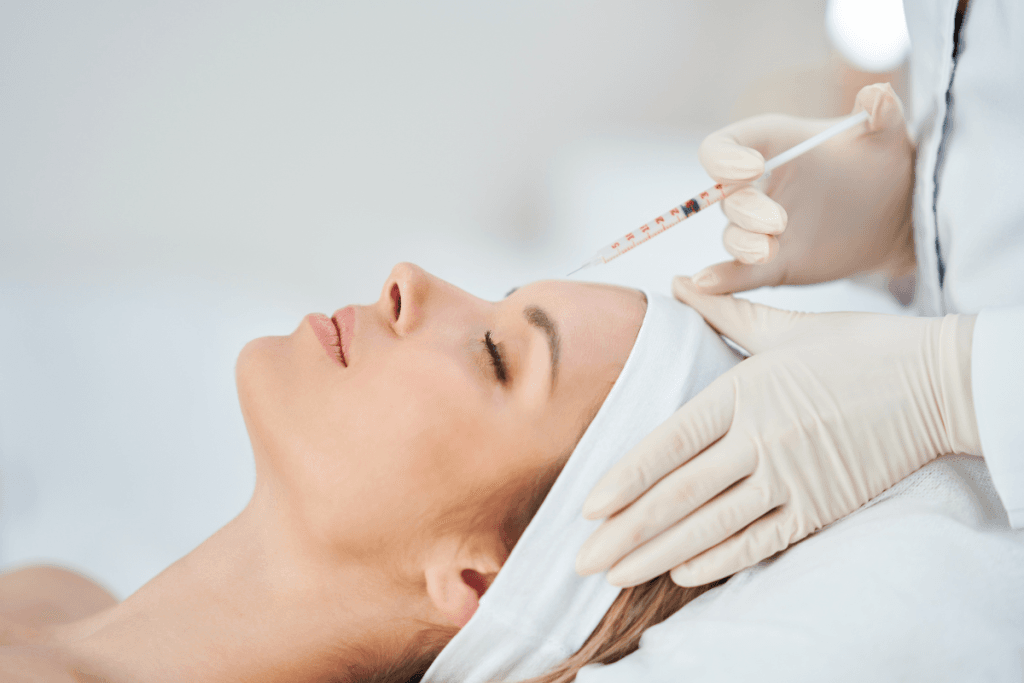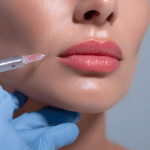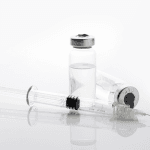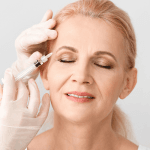Dermal fillers are the answer for those who want to add volume, smooth out lines, or enhance facial features. But safety first with any cosmetic treatment. Whether you’re new to aesthetics or expanding your clinic’s services, knowing the protocols around these injectable treatments is key. From patient screening to aftercare advice, these guidelines make all the difference in outcome and safety.
This guide covers the safety practices for dermal filler injections and includes practical tips on products, risks, and making informed decisions.
What Are Dermal Filler Injections?
Dermal filler injections involve injecting gel-like substances beneath the skin to correct volume loss, reduce wrinkles, or contour the face. Commonly used materials are hyaluronic acid and other biocompatible compounds. These injectable dermal fillers can be subtle or dramatic, depending on the product used and the practitioner’s skill.
People often confuse the term with surgical procedures, but dermal fillers are non-invasive and usually done in-office. Their popularity has grown so much because of their convenience and minimal downtime.
Key Safety Protocols Before Treatment
Here are some safety protocols that should be considered before treatment:
Patient Consultation and Medical History Review
Before administering any dermal fillers, a thorough patient consultation is necessary. You’ll want to check:
- Allergies or previous reactions to injectable products
- Medical conditions, including autoimmune diseases or bleeding disorders
- Current medications, especially blood thinners or immunosuppressants
- Expectations and aesthetic goals
By reviewing these, you minimize risk and ensure the client is a suitable candidate for the treatment.
Choosing the Right Product
There are different brands of dermal filler injections in the market, and each has its purpose. Some are for lips, others for cheeks, or under-eye areas. Always choose a product that is approved and backed by clinical data. Not all fillers behave the same, and knowing the characteristics of each type allows better control and predictability.
Clinics should only buy dermal fillers online from reputable distributors that guarantee product authenticity and cold-chain storage.
Sterile Technique and Clean Setup
Infection is one of the biggest complications with any injectable procedure. Every practitioner should follow strict hygiene protocols, including:
- Hand washing and gloves
- Disinfecting the injection site
- Sterile equipment and single-use needles
- Prepping the injection area in a well-lit and clean environment
These may seem basic, but they reduce the risk of complications like bacterial infection or granuloma formation.
During the Procedure: Safety Tips
Administering dermal fillers is a combination of art and science. Practitioners have to know facial anatomy to avoid injuring blood vessels or nerves. Here are some tips to make it smoother and safer:
- Inject slowly and at the right depth.
- Aspirate before injecting to check for intravascular placement.
- Use a small amount of product and add more if needed.
- Don’t over-correct. Fillers can be layered over multiple sessions.
Have emergency protocols in place, including hyaluronidase on hand in case of vascular occlusion, when using hyaluronic acid-based fillers.
Post-Procedure Aftercare and Monitoring
Aftercare is just as important as the procedure. Here are some tips:
Educate the Client on Aftercare
After injecting dermal fillers, proper aftercare is key to avoiding unnecessary issues. Tell your clients to:
- Avoid touching or massaging the area
- No intense workouts or alcohol for 24 hours
- Stay upright for at least 4 hours post-treatment
- Use cold compresses for minor swelling or bruising
Clear instructions can prevent panic and help your clients know what’s normal and what’s not.
Follow-up and Managing Expectations
Check in with your client a few days after treatment to monitor healing and address any concerns. Most side effects, like redness or mild swelling, will subside within a week.
Let your clients know that results will evolve over a couple of weeks. Some may need a touch-up session once the filler settles, while others may be happy after the first session.
Risks of Injectable Dermal Fillers
Although rare, things can go wrong with dermal fillers. Knowing these risks allows you to be prepared. Here are some of the potential issues:
- Allergic reactions
- Bruising and swelling
- Skin discoloration
- Vascular occlusion (in extreme cases)
Knowing how to manage these is part of being responsible. Having a trained professional do the injection makes all the difference in minimizing these risks.
Cost and Value
Knowing how much dermal filler injections cost is essential. The price varies depending on the brand, treatment area, and provider. Premium products and highly skilled injectors cost more but come with more safety and better results.
Never compromise safety to save a buck. A lower price usually means a compromised product or a lack of training.
Ready to Expand Your Dermal Filler Services?
If you’re a clinic or licensed provider looking to expand your aesthetic services, always prioritize product quality and safety. For trusted products and expert customer support, visit our dermal fillers category page. We offer a range of certified dermal fillers and provide reliable delivery to meet your clinic’s needs.
Takeaways
Dermal fillers can be life-changing when they’re injected properly. From choosing the right dermal filler brands to preparing a sterile environment, every step counts to a safer experience. Whether you’re new to these procedures or a seasoned pro, reviewing best practices makes consistent results.
Choosing FDA-approved dermal fillers, knowing what dermal fillers are made of, and understanding their cost are key to being responsible in the cosmetic space. Always remind your clients that their safety is a top priority.
Frequently Asked Questions (FAQs)
What are dermal fillers used for?
Dermal fillers are commonly used to restore lost volume, reduce fine lines and wrinkles, and enhance facial features, such as lips, cheeks, and the jawline.
Where to buy dermal fillers safely?
Clinics should buy dermal fillers online only from authorized and reputable suppliers. This ensures product authenticity and safe storage conditions.
How much do dermal filler injections cost?
The cost of dermal filler injections can vary based on several factors, including the type of filler used, the area being treated, the expertise of the provider, and the location of the clinic.






